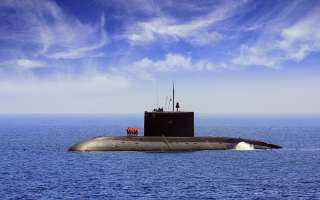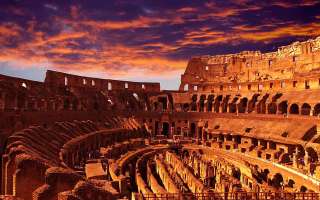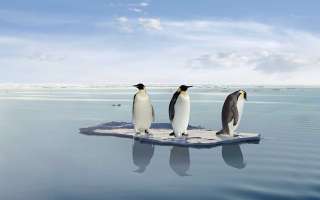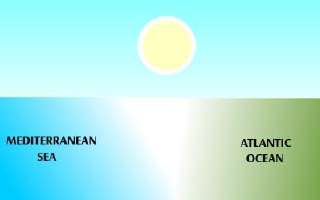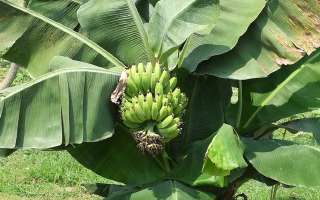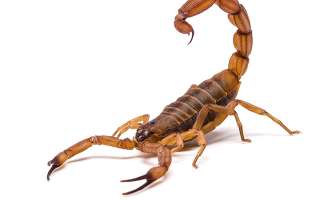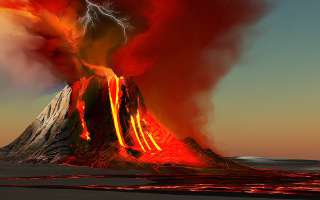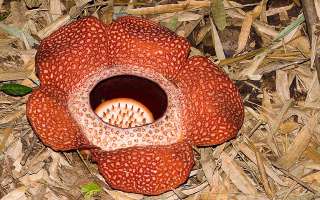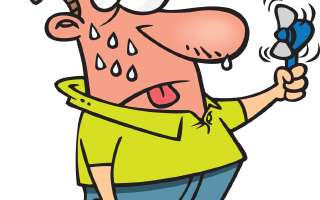Science magazine for children: Packed with science stories, science facts, science features, and other science learning resources for children. Discover the known, the unknown, and little-known facts in our science articles. Learn the how and why of everyday things and explore rare and exotic living species.
358 items in this section. Displaying page 7 of 36
How does a Submarine Work?
Jules Verne in his science fiction, 20,000 Leagues under the Sea, mentions a ship, Nautilus, which could dive beneath the waves and surface again when it wanted to. Even before submarines were thought about, Verne had created the blueprint of this technological marvel. Not only did he describe the machine, but he also explained, in great detail, how it worked. In fact, today’s submarines use exactly the same technology as Verne’s Nautilus did! How does a Submarine Work?...
Who or What is a Gladiator?
It all started in ancient Rome. The most brutal sport that has ever existed in the history of the world was the fights between gladiators. The ‘sport’ traces its roots to the custom among the Etruscan people, a civilisation in Italy that existed before the Roman civilisation. At the death of the master of the house, servants would duel to the death for the right to follow their owners in death and provide help and company....
How Does Ice float?
A cool glass of water topped with huge chunks of ice is sure to quench your thirst on a hot summer day. But, before you guzzle the water, look at how the ice floats on the water surface. How do these large ice pieces manage to stay afloat? Ice floats because it is less dense than water. (If you take a one-litre container with ice and weigh it, it will be lighter than a similar container with water....
Why is the Mediterranean Sea Blue?
We know that about seventy one per cent of the earth’s surface is covered with water. The earth’s three main Oceans are the Atlantic, the Pacific and the Indian Ocean. The Atlantic Ocean is a great mass of water that separates Europe and Africa from America. It is shaped like a great hour-glass-with a ‘waist’ where Africa and South America bulge out towards each other. Although in area it is less than half the Pacific, it has many ‘secondary’ seas, such as the Arctic Ocean and the Mediterranean Sea....
Do Bananas Grow on Trees?
You think bananas grow on trees? Wrong. They don’t, because the banana tree is actually a plant. It is probably the largest plant in the world. To know more, look at the banana trunk. Is it wood? No. There are layers of skin placed in circles. These layers are actually the lower ends of banana leaves. In other words, the banana tree is a clump of leaves! A banana plant At the top of the plant is a chunk of leaves looking like a palm tree....
What Is The Origin Of Silk Fabric?
My mother took out her favourite blue silk saree for the dinner party. I looked at it, mesmerised by its shimmer and lustre. The rich fabric draped around her body, making her look so very elegant. Definitely no other fabric can match the qualities of silk. But have you ever wondered, how silk fabric came into existence? Silk production, or ‘Sericulture’ as it is known, has a long history, unknown to most of us. What Is The Origin Of Silk Fabric?...
How Bad is the Sting of a Scorpion?
Ever seen a scorpion scurrying across with two crab-like claws and its tail high in the air? Well this tail is what has to be watched out for! The zing in the scorpion is in its tail for it has a sting. Scorpions are poisonous animals. They are arthropods belonging to the class Arachnida and are relatives of the spiders and ticks. Though they are considered creatures of the desert, you can find them in most climates, hot or cold....
What is a Volcano?
What is nature’s most powerful, most destructive, most dangerous form? Some would say an earthquake, others a cyclone. However, these phenomenon are relatively smaller and less destructive in scale compared to the fury of a volcano. Fourteen miles southeast of Naples in Italy, lie the remains of an ancient town called Pompeii. The city flourished under the shadows of the towering Mount Vesuvius. In 79 AD, the volcano erupted, destroying the cities of Pompeii, Herculaneum, Stabiae and Torre Annunziata....
Can Plants be Parasites?
All living things are dependent either on other animals or plants for their food. Animals must constantly go in search of food. But plants remain fixed at one place. Some plants make their own food by using energy from sunlight to convert carbon dioxide from the air and water from the soil to make sugar. Green leaves of the plants contain chlorophyll that carry out this process called photosynthesis. But a large number of plants are unable to produce their own food because of the absence of chlorophyll....
Why do Humans Sweat?
It is an annual ritual in most Indian homes. With the onset of summer it is time to bring the rusty, rickety old coolers down from the terrace and get them repaired. The reason is obvious – it is difficult to live through the hot, sweaty Indian summer without an air cooler. But did you know that the human body has its own cooler as well? Think of the times you have travelled in a car....
